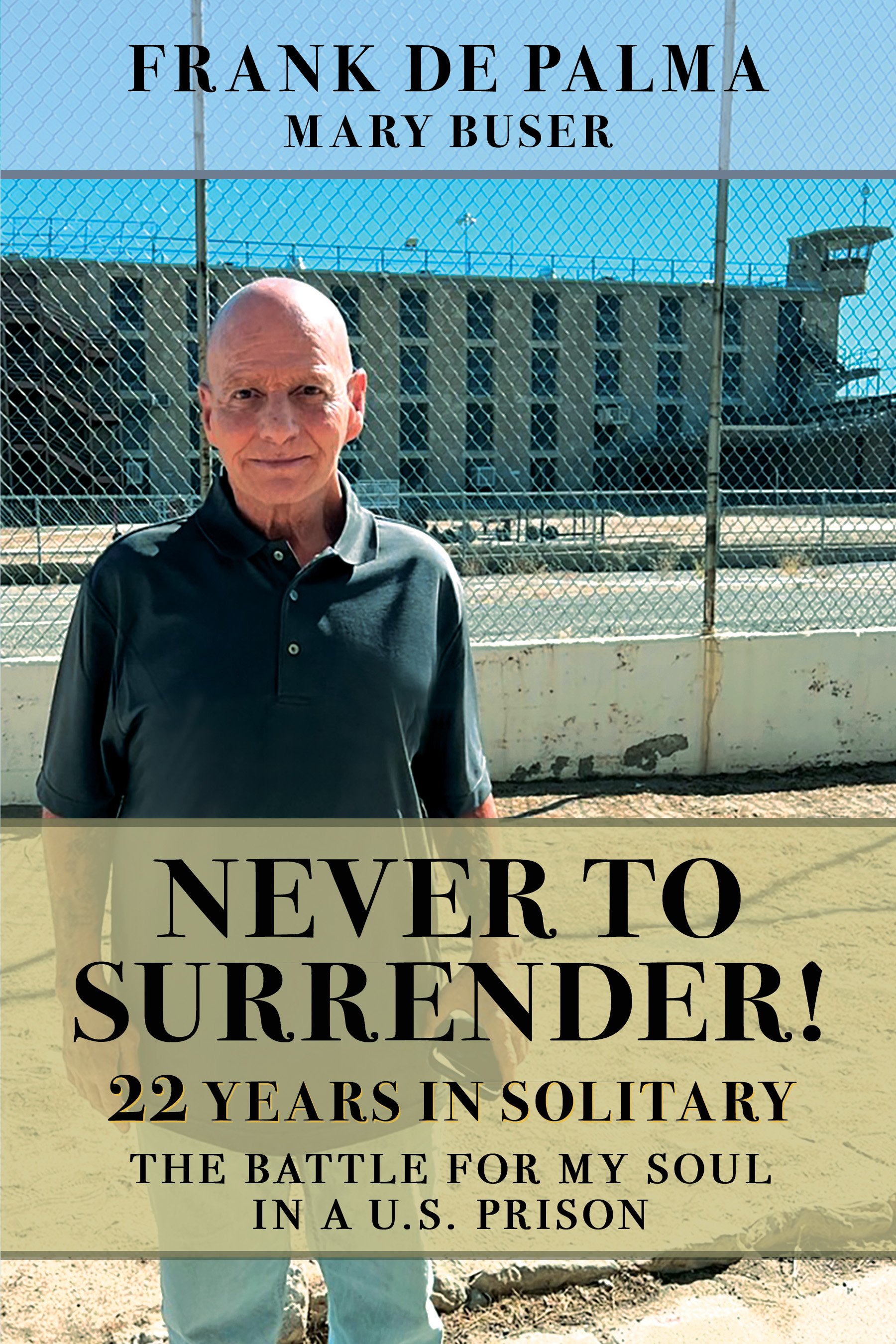“[Solitary confinement] . . . comes perilously close to a penal tomb”
- Supreme Court Justice Sonia Sotomayor
Social Workers & Allies Against Solitary Confinement
Our organization seeks to abolish the barbaric practice of solitary confinement as it exists in our nation’s jails, prisons, and detention centers. Since 2014 we have worked with allied organizations to heighten public awareness about solitary and to promote humane alternatives. In addition, we challenge the “helping professions” to address this practice, and to provide meaningful ethical guidance to their corrections-based workers.
An estimated 122,000 people are existing in solitary confinement cells throughout the United States. Whether the reason is punitive, or for “their own protection” as in protective custody situations, they live inside cramped, concrete cells, many windowless, for 22 to 24 hours a day. The length of time in solitary ranges from days to weeks and even years on end. Normal human contact, telephone calls, and exercise are severely restricted. In many of these units, lights are never turned off. Those who have endured solitary often describe it as being buried alive.
Although legally sanctioned in most U.S. states, solitary confinement is a torturous, cruel, and inhumane practice that violates United Nations Conventions and Covenants (U.N. General Assembly, 1966, 1984). Juan Mendez, former U.N. Rapporteur on Torture, has called for its prohibition (Mendez, 2014; U.N. Human Rights, 2011). Himself a survivor of torture, Mendez stresses that prolonged use, any time over 15 days, constitutes torture. In addition, world leaders such as Pope Francis, President Obama, former Supreme Court Justice Anthony Kennedy and Supreme Court Justice Sonia Sotomayor, have condemned it.
In the United States, social workers and other health professionals provide services in those very facilities that house people in solitary confinement units. Often, social workers find themselves complicit with institutional practices that challenge their profession’s Code of Ethics, which calls for us to help people in need, to challenge social problems and injustice, and to respect the dignity and worth of every individual.
We’re excited to announce the release of Never to Surrender! 22 Years in Solitary: The Battle for My Soul in a U.S. Prison by Frank De Palma and Mary Buser (SWASC advisory board member and SWASC co-director respectively). Hailed by the former United Nations Special Rapporteur on Torture Juan Mendez, as “a remarkable story of suffering but also resilience,” Never to Surrender is at once informative, shocking, and inspiring.
NOW OFFERING: CE WEBINARS BY SWASC
Webinar: An Introduction to Solitary Confinement in U.S. Prisons and Jails Date TBA
$60
3.00 CE Webinar for licensed professionals
Webinar: Social Work in the Shadows: Forensic Social Work Ethics and Solitary Confinement, Date TBA
$60
3.00 CE Webinar for licensed professionals
Webinar: Out of the Jail and Into the Capitol: Ending Solitary Confinement Through Advocacy, Date TBA
$60
3.00 CE Webinar for licensed professionals
Introductory Video to Solitary and SWASC's Work
This 10-minute video presentation introduces the issue of solitary within the U.S. criminal justice system, the current roles of social workers and other health care professionals, and the necessity of SWASC. Succinct, engaging, and accessible, this video is intended to educate social workers, students, criminal justice advocates, and others and can be used on its own or as part of a curriculum about solitary confinement and other criminal justice issues.
Humane Alternatives to Solitary Confinement are working. We visited three Colorado prisons to see for ourselves!
by Mary Buser
In December of 2018, a group of SWASC and CAIC members from New York — Mary Buser, Victor Pate, Moya Atkinson and Ali Winters — journeyed to Colorado to observe the publicized reforms to solitary confinement that the state has implemented over the past few years. As guests of Rick Raemisch, the reform-minded Executive Director of the Colorado Department of Corrections, the two-day excursion included visits to the Colorado State Penitentiary, the Centennial Prison and the Denver Women’s Correctional Facility.
Solitary Confinement Garden
SWASC Co-Convenor Sandy Bernabei recently created a backyard “solitary garden” to draw attention to the practice of solitary confinement. A brutal practice operating inside jails and prisons and out of public view, Sandy is bringing it into the light of day through this thought-provoking garden, which is modeled after jackie sumell’s “The Solitary Gardens,” an initiative honoring Herman Wallace, an innocent man who spent decades in a solitary confinement cell in Louisiana. Sandy’s garden simulates an average solitary cell in its dimensions of 9x6 feet. The garden is filled with flowers and plants that represent the life that exists inside some 80,000 solitary cells across the United States. A curbside sign invites everyday folks - passersby, hikers and dogwalkers, to follow a flagstone path to the garden, where a bench and informational materials on solitary confinement, await. Visitors are invited to sit, read and learn. It is hard to imagine that anyone visiting this garden would not be stirred with compassion and moved to demand the abolition of solitary confinement. Sandy’s garden is more than a garden. It is a place where the seeds for change have been planted.








